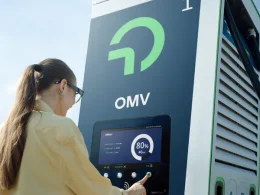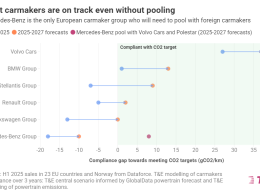Australia’s carbon market and the reformed Safeguard Mechanism are playing a critical role in helping businesses reduce emissions and contribute to the nation’s climate targets, according to the Clean Energy Regulator’s (CER) latest Quarterly Carbon Market Report (QCMR).
In 2024, emissions reductions under schemes administered by the CER were estimated at 69.2 million tonnes of carbon dioxide equivalent (Mt CO2-e)—an 8% increase on 2023 figures. The Regulator expects this to rise to at least 72 Mt CO2-e in 2025. These estimates are conservative, as they rely on average grid emissions intensity rather than attributing emissions displacement solely to renewable generation.
CER Chair David Parker noted a record issuance of 18.8 million Australian carbon credit units (ACCUs) in 2024, bringing the total number held in the national registry to 53.9 million.
“We have also observed increased trading activity in Q4 of 2024, as safeguard facilities ensure they have sufficient supply to meet their March 2025 compliance obligations,” Parker said.
Emissions covered by safeguard facilities in 2023–24 declined to approximately 136 Mt CO2-e, down from 138.7 Mt CO2-e in the previous reporting period. The reformed Safeguard Mechanism is reportedly functioning as intended, encouraging facilities to cut industrial emissions at source while using carbon credits and safeguard mechanism credits to bridge compliance gaps during the transition.
Parker said industry engagement throughout 2024 showed many entities are progressing with decarbonisation strategies, though some remain in earlier stages or face technological challenges in reducing emissions.
The report also highlighted record renewable energy growth in 2024. A total of 7.5 gigawatts (GW) of new renewable capacity was added, up from 5.3 GW in 2023. Large-scale projects, particularly wind farms, contributed 4.3 GW, while rooftop solar installations are on track to meet or surpass the previous record of 3.2 GW.
Looking ahead, the CER projects renewable energy could account for 44% to 46% of electricity generation in the National Electricity Market (NEM) by 2025, assuming average generation conditions—particularly for wind and hydro—resume.
Separately, on 28 February 2025, the CER released the 2023–24 National Greenhouse and Energy Reporting data, detailing corporations’ Scope 1 and 2 emissions, energy production, and energy consumption.





















